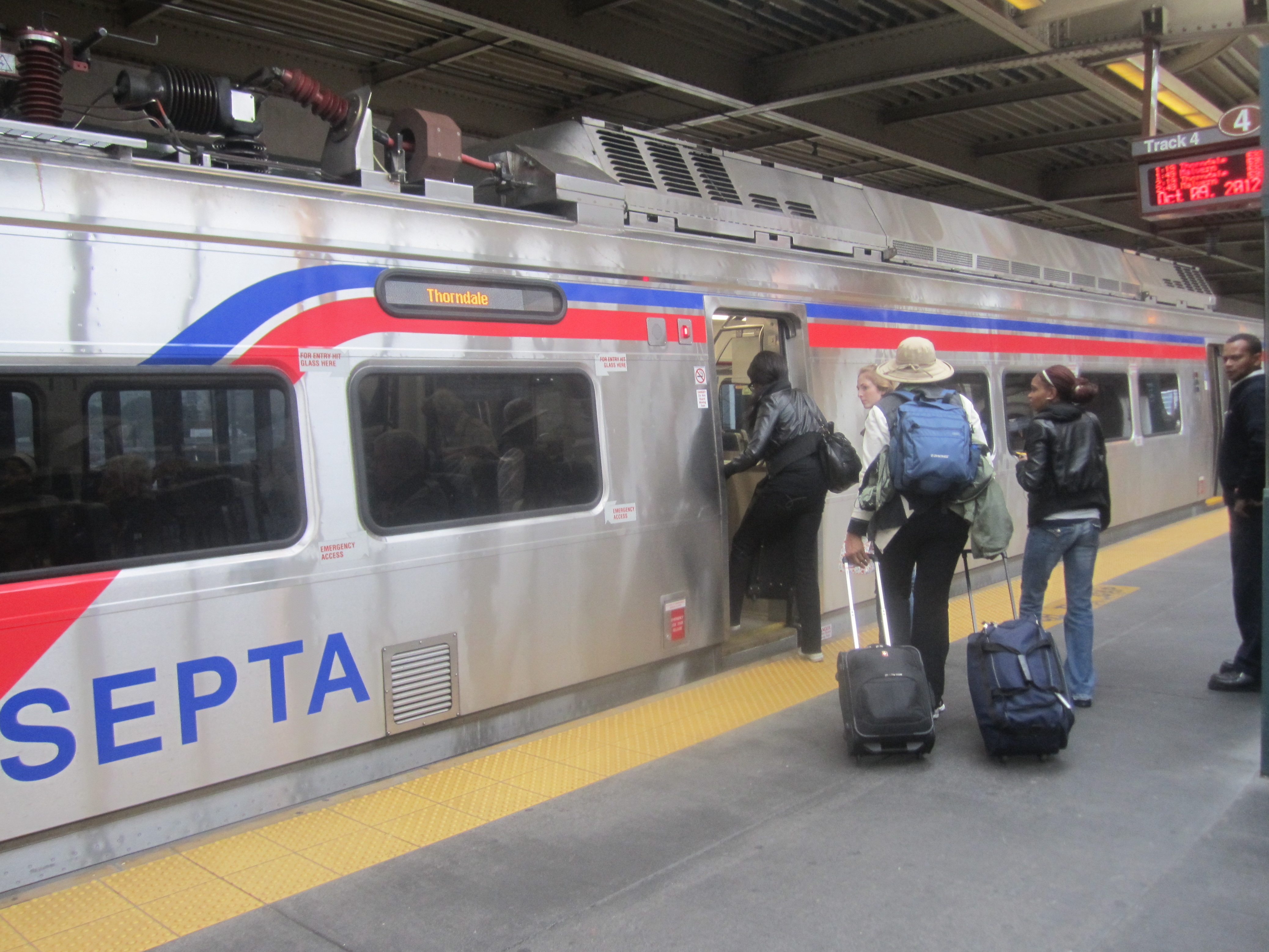SEPTA declares capital funding crisis, opens dialogue with public

Tuesday, SEPTA held two public meetings to initiate its fiscal year 2014 capital budget development and to provide information on the authority’s current funding situation. Despite concerns that the system could shrink due to inadequate capital funding, SEPTA is not banking on any increased funding in FY 2014.
“Our capital program continues to be in a funding crisis,” said Catherine Popp-McDonough, SEPTA’s director of capital budgets.
Because Governor Corbett and the Pennsylvania General Assembly have not released an updated transportation-funding package, SEPTA officials are developing a FY 2014 capital budget based on current funding levels – approximately $300 million annually.
This estimated $300 million is based on the FY 2013 capital budget, which received $175.6 million from the federal government, $122.4 million from the state government and $5.2 million in local funding.
That FY 2013 funding is slated to go toward 15 programs ranging from the $53.6 million vehicle overhaul program and the federally mandated $53 million regional rail signal system modernization to $1.5 million for station accessibility and another $1.5 million for station and parking improvements.
SEPTA officials said Tuesday that in developing the FY 2014 capital budget, they will continue to focus the estimated $300 million on financial obligations, federal mandates and safety and essential replacement and rehabilitation programs.
The existing financial obligations include debts on the Silverliner V rail cars, Wayne Junction Station improvements, Market-Frankford Line subway cars and the 1234 Market Street building. SEPTA has additional financial obligations related to its capital asset lease program, which allows the authority to lease Amtrak tracks, a warehouse facility, copiers, towers and communication antennas, and financial obligations related to the Route 15 trolley relocation, part of the I-95 Girard Avenue Interchange project.
Part of SEPTA’s FY 2014 capital budget must account for federal mandates and safety measures, including regional rail signal system modernization, improved accessibility at the Broad Street Line’s Race-Vine Station, trolley route 101/102 signal and interlocking work, as well as ongoing environmental remediation.
During Tuesday’s public meeting, SEPTA listed its essential replacement and rehabilitation programs, including items such as new payment technology, hybrid bus purchase program, technology improvement program, state of good repair projects and infrastructure safety and renewal program.
As PlanPhilly reported last week, SEPTA already has a $4.7 billion backlog of state of good repair and essential safety improvement projects. Without increased capital funding, that backlog will grow and SEPTA will not be able to keep all of the system safe and running.
Officials said Tuesday that the limited capital funding will also lead to reduced reliability and quality of service, increased operating costs, loss of ridership and revenue, inability to meet the growing demand for public transportation and a strain on SEPTA’s attempts to make facilities more accessible.
During the second public meeting Tuesday, Rod Powell stood to speak with SEPTA officials. Powell, chair of SEPTA’s Advisory Committee for Accessible Transportation, said he represents, “the group that has the most unemployment and the most challenge as far as transportation.”
“We really need SEPTA,” Powell said. He offered to help SEPTA lobby for additional funding if possible.
Other comments ranged from specific praise and complaints for SEPTA’s service and infrastructure to suggestions, like that of City of Philadelphia Consumer Affairs Director Lance Haver, to stress the positive economic and environmental impacts many of SEPTA’s desired projects would have locally.
Douglas Diehl, of the transportation advocacy group Tri-State Transit Center, encouraged SEPTA officials to extend the vision beyond federal and state funding and to push for increased local funding as well.
SEPTA will continue to plan for FY 2014 based on current funding levels but the authority is eager for Governor Corbett to release the state transportation-funding package, which SEPTA hopes will be adequate, predictable and able to grow, Popp-McDonough said.
The public may submit written comments for consideration during the FY 2014 capital budget development until Feb. 14, 2013. Comments may be submitted online at capbudget@septa.org or by mail addressed to:
SEPTA Capital Budgets Department
Attn: Capital Budget & Program
1234 Market Street, 9th Floor
Philadelphia, PA 19107
SEPTA will hold a public hearing regarding the FY 2014 capital budget in April 2013.
As SEPTA waits for a transportation funding decision from the state and works to chisel away at the $4.7 billion project backlog, PlanPhilly will be regularly covering SEPTA’s financial situation, aging infrastructure, attempts to hold everything together and the impact on transit riders.
Contact the reporter at cfisher@planphilly.com
WHYY is your source for fact-based, in-depth journalism and information. As a nonprofit organization, we rely on financial support from readers like you. Please give today.



